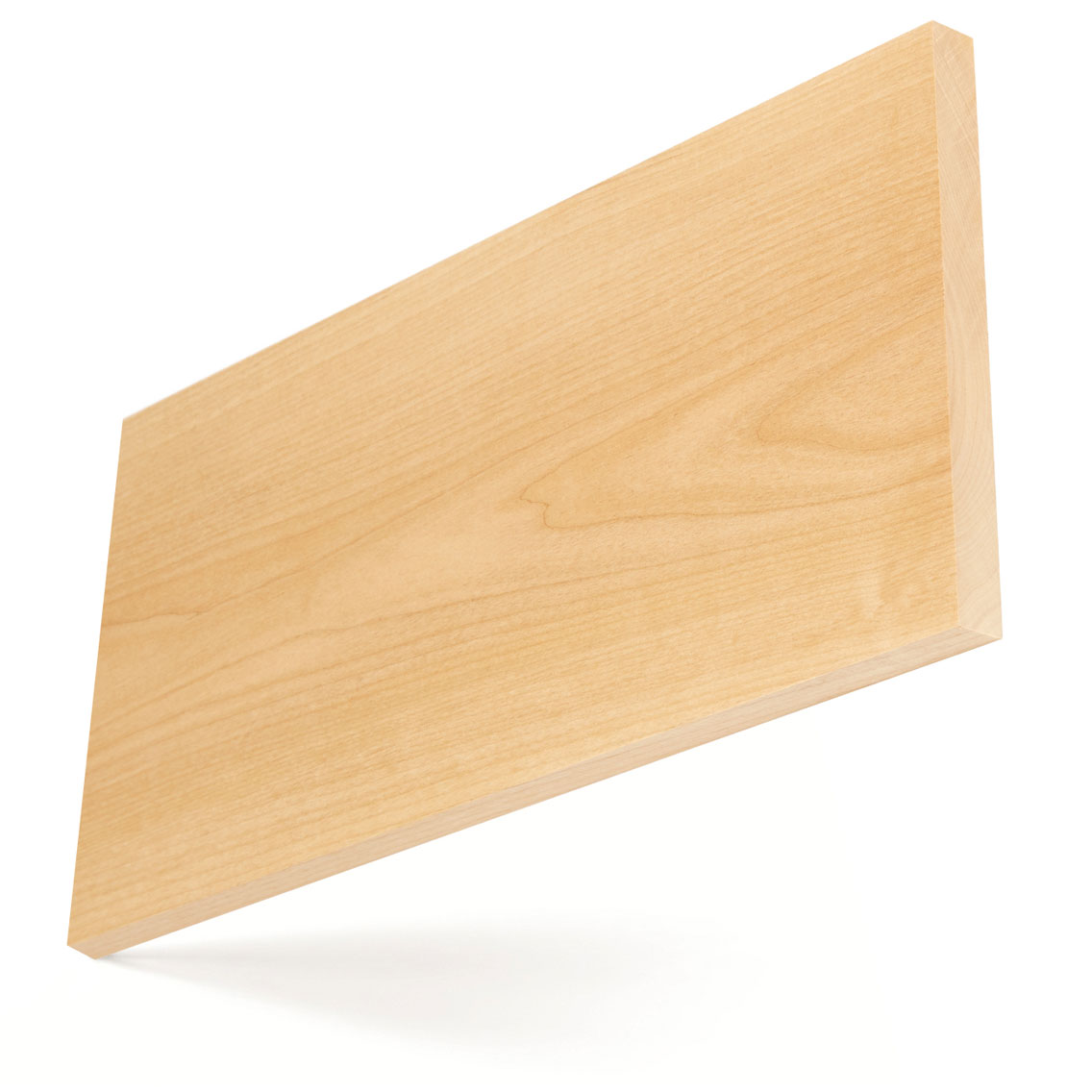American alder
American alder is the major commercial species grown on the western seaboard of the USA and is unique to the hardwood forest resources of North America; one of the few red hardwood species.
Latin Name
Alnus rubra
Other Common Names
red alder, Western red alder, Western alder

Forest Distribution
American alder trees grow prolifically in the Pacific Northwest under sustainable management. Alder has a relatively short rotation, taking less time to harvest than most other hardwoods.
LCA Tool
seconds
Material Availability
- lder is graded using NHLA Pacific Coast Red Alder Rules published in the “NHLA Rules for the Measurement and Inspection of Hardwood and Cypress”. The key grading points include grading from the better face rather than poor side as in the Standard NHLA Grading Rules; pin knots are regarded as character and no defect. The primary grades include Superior (Select and Better), Cabinet (No. 1 Common) and Frame (No. 2 Common) that are similar to uses as for the standard NHLA grades.
- Alder from the USA is readily available as kiln dried sawn lumber and often sold under a range of unique grading rules, for grades not listed in the NHLA Rules, consultation with suppliers is recommended.
- Lumber may be sold rough sawn or planed as dimension stock. It has limited availability as veneer.
Wood Description
Alder is almost white when freshly cut, but quickly changes on exposure to air, becoming light brown with a yellow or reddish tinge. There is no visible difference between the sap and the heartwood, although heartwood is formed only in older or mature trees. The wood of alder is fairly straight grain, somewhat similar in character to cherry, with uniform texture.
Mechanical Properties
Alder has medium density, but is relatively soft. It has low bending strength, shock resistance, and stiffness. It is easily turned and can be polished and stained to an excellent finish.
-
0.41
Specific Gravity (12% M.C.)
449 kg/m3
Average Weight (12% M.C.)
10.10%
Average Volume Shrinkage (Green to 6% M.C.)
67.571 MPa
Modulus of Rupture
9,515 MPa
Modulus of Elasticity
40.129 MPa
Compressive strength (parallel to grain)
2,624 N
Hardness
Oiled / Un-Oiled Appearance


Performance
- Alder machines easily and is good for planing, drilling, boring, carving, moulding, nailing, screwing and gluing, making it highly suitable for furniture and joinery.
- The wood is non-resistant to heartwood decay but is permeable to preservative treatment.
Main Uses
- This prolific hardwood from the Pacific Northwest, with excellent environmental credentials, is used for furniture, kitchen cabinets and interior joinery. It is also used for doors and panelling.
- The grain pattern and colour of alder makes it suitable as a substitute for cherry.